Cisco Closes $28B Splunk Deal: 5 Big AI, Security And Partner Things To Know
'We will revolutionize the way our customers leverage data to connect and protect every aspect of their organization as we help power and protect the AI revolution,’ said Cisco CEO Chuck Robbins today as his company closed its $28 billion purchase of Splunk.
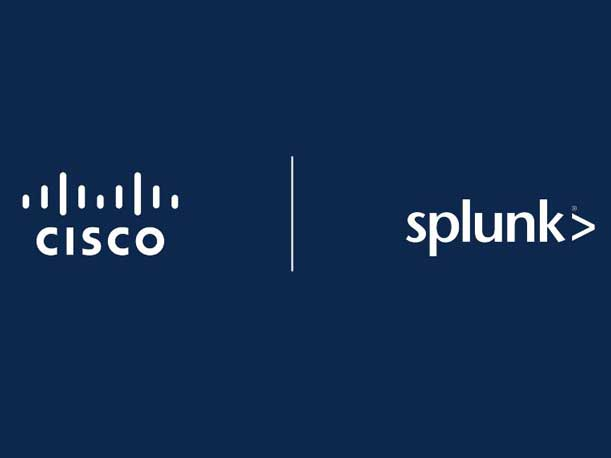
In one of the biggest tech acquisitions of 2024 thus far, Cisco completed the purchase of Splunk today for a whopping $28 billion with huge plans in store around AI, cybersecurity and creating new solutions for customers and partners.
From integrating Cisco’s Talos threat intelligence into Splunk, to the companies unifying their AI assistants for cybersecurity, there are several big things partners and customers need to know about the merger.
“We’re going to power the AI revolution,” said Cisco CEO Chuck Robbins in a blog post today. “As one of the world’s largest software companies, we will revolutionize the way our customers leverage data to connect and protect every aspect of their organization as we help power and protect the AI revolution.”
[Related: Partners: Cisco-Splunk Deal Is An Enterprise AI Security Game Changer]
The San Jose, Calif.-based world leader in networking is bridging its massive technology stack together with Splunk’s stellar portfolio of cybersecurity and observability solutions. The acquisition comes as Cisco recently confirmed it will be laying off 5 percent of its workforce, or approximately 4,250 employees.
Cisco’s $28 billion acquisition of San Francisco-based Splunk marks Cisco’s largest purchase in the company’s long and historic history.
“Starting now, our customers will begin to see the benefits of the power of our technologies coming together to not only solve many of their most complex challenges, but also enable tremendous opportunities,” said Cisco’s CEO.
The deal, which recently passed both shareholder and regulatory hurdles, looks to shake up various IT markets including networking, security, software and artificial intelligence. “Our combined solutions will help deliver better economics with exceptional value. We believe the market trend towards tool consolidation –– and the convergence of networking, security, and observability –– creates a significant opportunity for Cisco and our customers,” Robbins said.
Here are the five biggest things to know about Cisco’s $28 billion acquisition of Splunk that customers, investors, and channel partners need to know.
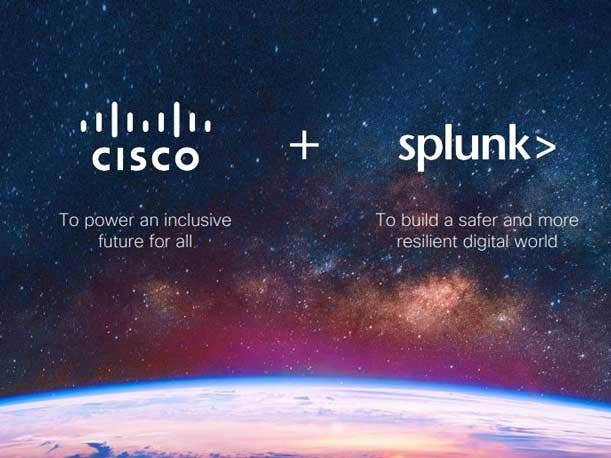
Cisco-Splunk Is ‘Going To Power The AI Revolution’; Will Unify AI Assistants
Cisco’s Chuck Robbins is extremely bullish about adding Splunk to its portfolio during the AI era.
“We’re going to power the AI revolution,” said Robbins. “To truly reap the benefits of AI, organizations need the infrastructure to power it, the data to develop it, a security platform to protect it, and an observability platform to monitor and manage it in real time.”
The goal is to combine capabilities to drive the next generation of AI-enabled security and observability. Cisco-Splunk aims to help customers make sense of AI with infrastructure visibility and data protection.
For example, Cisco and Splunk will unify their AI assistants for security, enabling security professionals to have one common experience when utilizing AI to analyze issues and perform tasks across the combined portfolio.
“With our combined solutions and services, we can ensure our customers are well positioned to win in the era of AI,” Robbins said.
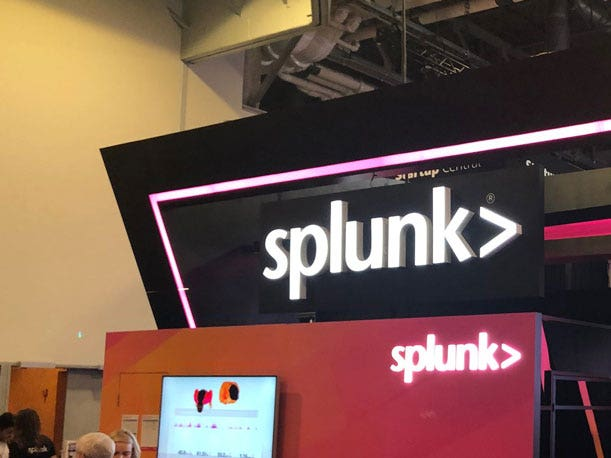
Details Of The $28 Billion Deal, Cisco Largest Purchase Ever
Under the terms of the agreement, Cisco acquired Splunk for $157 per share in cash. This represents approximately $28 billion in equity value.
Splunk’s common stock ceased trading on the Nasdaq on March 18.
The transaction is expected to be cash flow positive and non-GAAP gross margin accretive in Cisco’s fiscal year 2025. Additionally, Cisco said the merger will accelerate Cisco's revenue growth and non-GAAP gross margin expansion.
Looking at Cisco’s acquisition history, the $28 billion price tag of Splunk represents Cisco’s largest acquisition since it was founded 40 years ago in 1984.
Some of Cisco’s largest acquisitions over the decades include: AppDynamics for $3.7 billion in 2017; NDS Group for $5 billion in 2012; WebEx for $3.2 billion in 2007; and Scientific Atlanta for $6.9 billion in 2005.
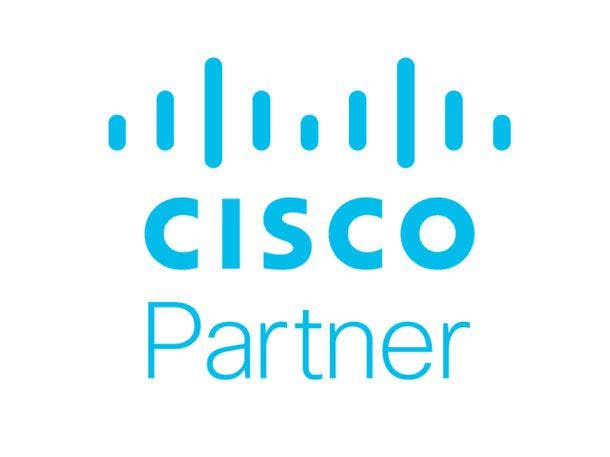
'No Change For Cisco Partners’
In terms of impacts to Cisco’s massive channel partner ecosystem, the company said in a statement today that, “There is currently no change for Cisco partners.”
“We’re approaching the integration in a way that enables us to bring the benefits of Splunk to partners quickly while helping to ensure that they have the best possible experience,” Cisco said today.
Cisco said the purpose of buying Splunk is to help businesses revolutionize how they connect and protect themselves, with Splunk enabling customers to be able to use their data in new ways to optimize their digital footprint and better harness the power of AI.
“We are excited about the opportunities that the Splunk acquisition brings to Cisco and our partners,” the two companies said in a statement today.
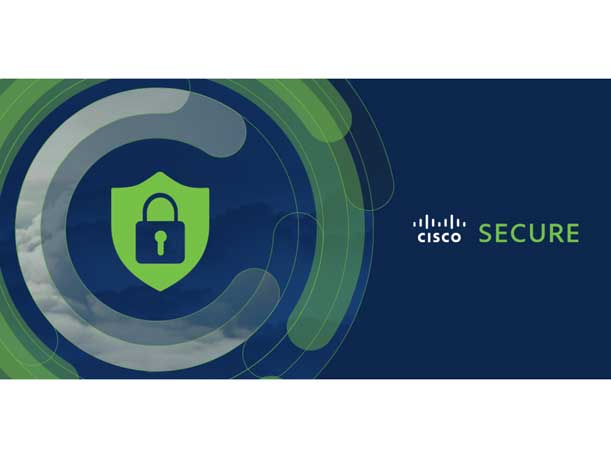
Cisco-Splunk Security Plans And Cisco Talos Future
Cisco and Splunk have bold plans on the cybersecurity front as a combined entity. The companies will create comprehensive security solutions for threat prevention, detection, investigation, and response for organizations of all sizes—utilizing cloud, network, and endpoint traffic for superior visibility.
Over the next several months, the combined company will incorporate Cisco’s Talos threat intelligence into Splunk. The goal is to offer customers access to threat intelligence to improve threat detection, faster incident response, and a more proactive security strategy.
Additionally, the company will enable Splunk’s SIEM and SOAR platform to utilize cloud, network, and endpoint analytics available from Cisco’s security portfolio to allow new ways for customers to detect, investigate, and respond to threats that can only be identified via lateral movement in the network.
“We will deliver mission critical security outcomes for our customers to stay ahead of the rapidly evolving threat landscape,” said Robbins.
Robbins said Cisco can now deliver a real-time unified view of the entire digital landscape, helping teams proactively defend critical infrastructure, prevent outages, and refine the network experience.
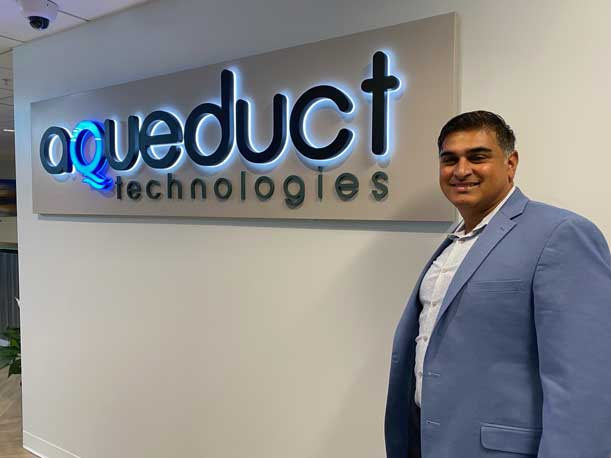
Cisco Partner Reactions
Cisco partners CRN spoke with said the $28 billion purchase of Splunk could enable networks to automatically stop threats from cyber criminals in real-time.
“The expectation is that once Cisco Splunk identifies a potential security and performance issue it will self-heal and self-secure,” said Manak Ahluwalia (pictured), CEO of Aqueduct Technologies, a Canton Mass.-based Cisco partner. “That is the exciting thing for us to bring something like that to market. … With the rise of AI capabilities if you know there is a potential security event or an end user performance issue you can resolve it in real time.”
Future Tech Enterprise CEO Bob Venero said the combined Cisco-Splunk has the potential to stop threats from hackers using AI and bid data.
“[Cisco’s] roots are as a hardware company. The secret sauce is in the software and the software is obviously going to take advantage of the AI capabilities at the chip set level,” said Venero, whose company partners with Cisco. “Cisco is going to have to capitalize on what the software will be able to do for them. Nvidia is the grandfather of AI and now all the other ecosystem partners are coming to align and partner with them to enhance their AI capabilities and their businesses.”
For Cisco CEO Robbins’ part, the merger creates massive amounts of net new opportunity for Cisco and its partners.
“As we move into our next chapter together with Splunk as a part of Cisco, we share an excitement for solving the toughest problems our customers face not only today, but also long into the future,” said Robbins. “Together, we know we are up for the challenge and look forward to the opportunity to help organizations around the world become more connected and more protected than ever before.”